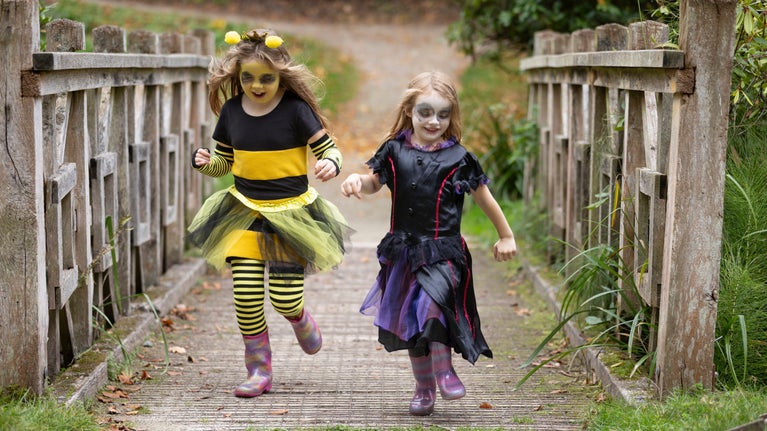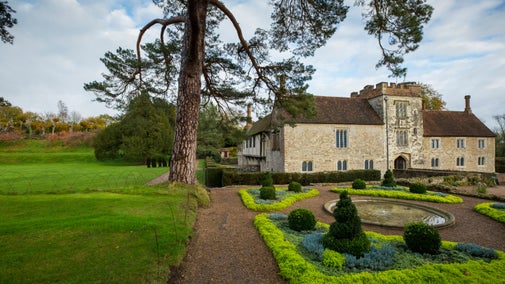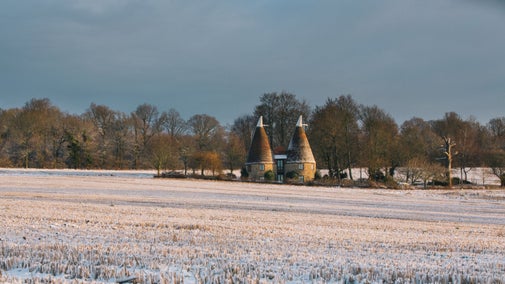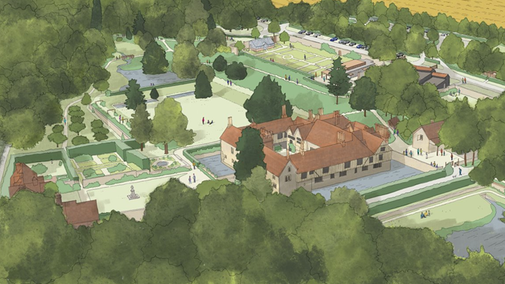1360 onwards
The Cawnes
The Cawnes are the earliest known owners. Having moved here in about 1360, Thomas Cawne, also shown in the records as Couen, de Coven, Cawen, is the first known owner of Ightham Mote.
Early years
Thomas, and his brothers Richard and John, were the sons of Richard de Coven, a tailor from Staffordshire. Owning a number of tenements in Wolverhampton, Richard was ‘town gentry’ and relatively well off.
The hundred years war
Thomas Cawne was ambitious and decided to seek his fortune in the military rather than follow in the family business. He became a prominent soldier during the political instability in France during the 1350s and by 1357 he was captain of the fortress of the Neuberg, just outside Rouen in Normandy. As only a small number of captains were recorded during the 100 Years War, the fact that Thomas Cawne is amongst them shows just how important he was to the war effort, and he was knighted for his services.
Social network
Cawne’s network of friends and acquaintances originally centred near his home in Staffordshire, however, after he enlisted in the military, his circle of friends moved to London and its neighbouring counties.
The business of war often required people to travel between the capital and the channel, which made Kent an attractive place to live. It was in Kent that he married Lora Moraunt, daughter of Sir Thomas Moraunt of Chevening. They settled at Ightham Mote with their two children, Robert and Thomas.
Robert Cawne
After Sir Thomas Cawne died, his eldest son Robert inherited Ightham Mote. He was sent to the Tower of London for trying to kill his wife by throwing her into a well. He was eventually pardoned by the king, but little is known of him afterwards.
(Based on research by PhD student Gemma Minnihan)










